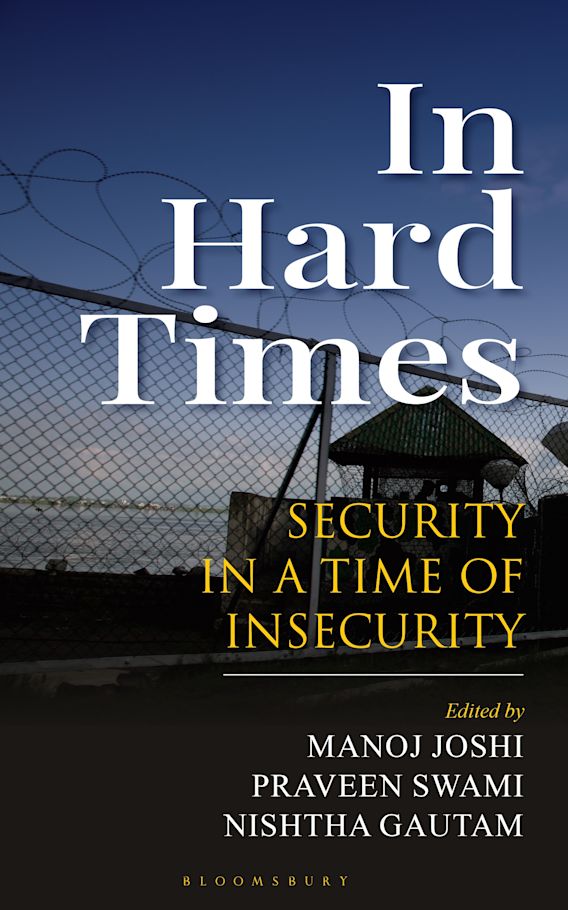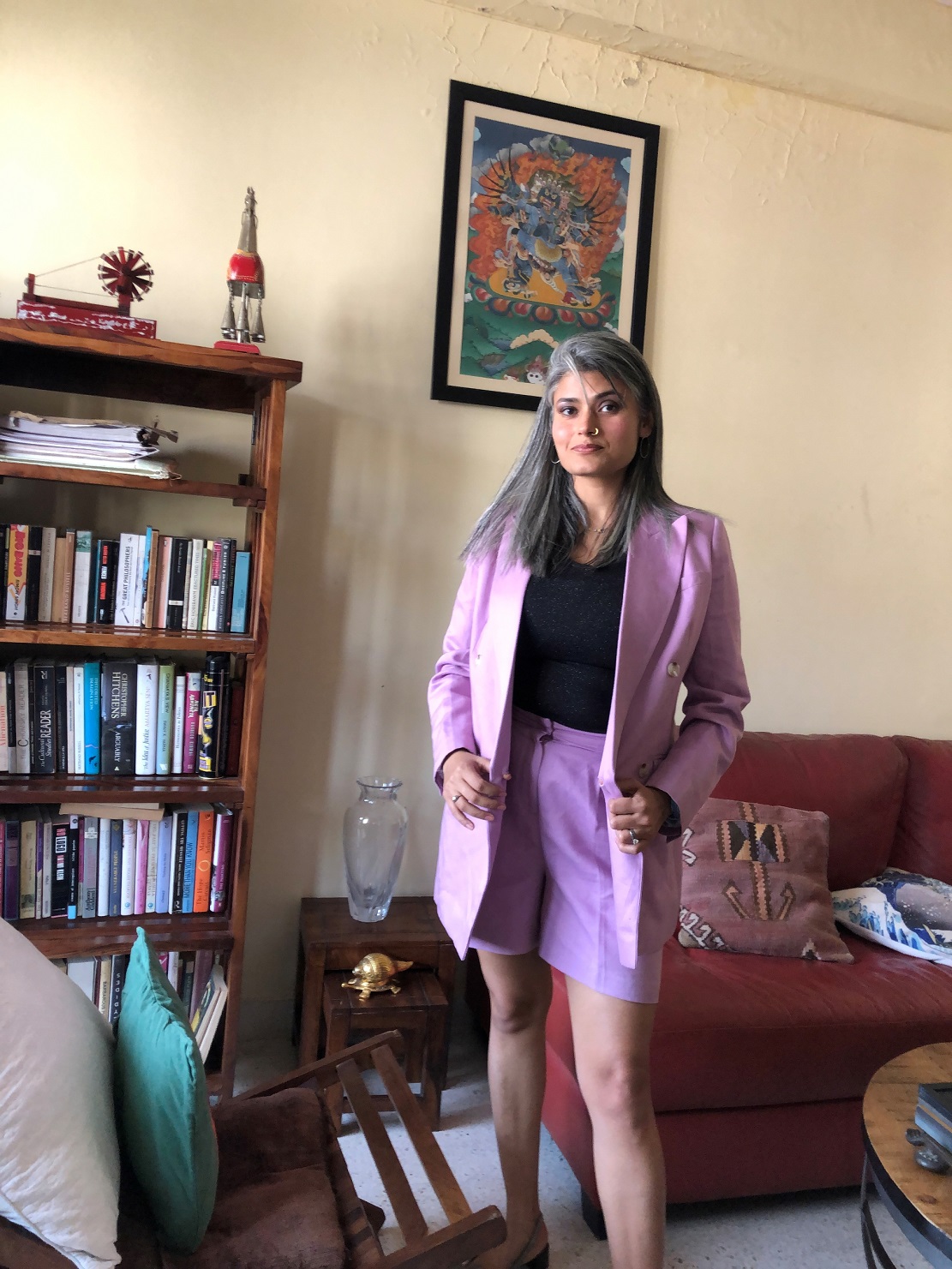It is an important collection that highlights the major challenges India confronts and the ways they can be tackled. It covers the complete collection of India’s defence awareness.
For the longest time, the all-important subject of national security has remained somewhat inaccessible to the average citizen. But it all changes with ‘In Hard Times,’ which brings together a meticulously compiled anthology of essays tackling India’s defence preparedness, written by the luminaries of their respective fields. The ground-breaking volume, edited by Manoj Joshi, Praveen Swami, and Nishtha Gautam, offers a meditative exploration of national security and strategic affairs through the multifaceted lens of noted subject matter experts.
In this interview, Nishtha Gautam talks about the experience of editing the book while touching upon the research that went into it. She also talks about gender disparity in the armed forces and the enormous need for academic research in areas such as national security and strategic affairs, among other things.
Excerpts
Q1. How can we offset the gender disparity in the armed forces?
A. Just be gender blind. I think that’s the way it has to be. There is no other way. You have to be gender-blind. You have to give equal opportunity to everybody. And they should be allowed to do whatever they want to do. If a woman, for example, can be a better analyst, why not have her? If 20 women are running your analysis, then just have them instead of thinking of some derogatory way of looking at the group. Unfortunately, people consistently undervalue the role of women in the military.
Q2. Why do you think it took so long for the women fighter pilots to get inducted in the Indian Air Force?
A. When it comes to fighter pilots, one of the most important factors is G force tolerance: men vs. women. So the biggest obstacle to the induction of women as fighter pilots in the Air Force was centred on this speculation, which was always lobbed like a hand grenade that the women could not handle G-Forces. All that myth-making got challenged and dismantled, and nobody wanted to publicise it at all because it suits men. And this was actually research undertaken by a very respectable institute of our country, but these findings were never publicised or paid attention to, hence the delay in the induction of women as fighter pilots in the Indian Air Force.

Q3. Tell us about “In Hard Times.” How did it come into being?
A. In ‘In Hard Times,’ specialists on national security and strategic affairs broach the crucial need for a national security strategy for India’s hard times, and the necessity to focus on raising its people out of their debilitating poverty.
I think the book was in our heads—in Praveen’s head, mine, and Manoj’s head—for almost 6 years because we have been in our own different areas thinking about certain issues that were just so glaring that we couldn’t ignore them further. But we didn’t yet know how to address them. Praveen’s idea was to get ahead with this project and convert it into a white paper. But the point is that we all thought that a book like this was needed to be read by the average reader who is interested in national security-related issues but doesn’t have access to a lot of material because either the material is classified or it is written in such an inaccessible and obscure language that it puts them off. So you need something to bridge that gap. Now, while this book is written in a very accessible language, the bedrock of this book is very solid academic research.
Q4. Could you please elaborate on the kind of research that went into the book?
A. This book and particularly my area is an outcome of primary as well as secondary research that has lasted almost a decade. I have known absolutely fantastic women officers so far because we only have women officers in the Indian Armed Forces. We don’t have them as non-commissioned or junior commissioned officers. I have come across so many wonderful women officers who are absolutely frustrated by the second class treatment that they have been receiving at the hands of their peers. So it is very interesting how it has been told or it has been propagated that it is the men i.e. the jawans that are not ready to accept women in a bigger role as officers giving command. But that’s obviously is not true. What these ladies who have served Indian armed forces have told me is that the biggest resistance and the nastiest comments are actually from their peers, their fellow officers because they are the ones who are threatened. I want to quote a lady officer who I met 12 years also. She had said, “For the jawans we are all sahab. It is only for our peers that we become lady officers or officers.” And that is very telling.
In terms of secondary research, I was trying to get hold of some kind of research that any of the Indian military outfits have done to look at gender
Q5. Why is such kind of academic research so rare in India?
A. Firstly, we don’t even make an effort to acknowledge that a problem actually exists. Unless you acknowledge a problem, how will you address it? Here, even if a scholar wants to do research, they will have to get so many permissions. There will also be the sword of the Official Secrets Act hanging over them. And that’s what makes it very hard. It’s a very strong deterrent to begin with.
Q6. Tell us about the experience of editing the book. How did the three of you divide the roles and responsibilities while working?
A. I was the one who was handling all the contributing authors. I think my editorial experience has equipped me well. Now, the contributing authors are luminaries in their respective fields. And so, it was very important to treat them seriously. But what we allowed them as editors was absolute freehand to say whatever they wanted to say. What we discovered is that the issues of national security cannot have a singular approach. Also, it’s impossible to find solutions that all speak the same language. So, we wanted to have a dialogue of sorts. For example, we were open to having two contributing authors look at the same issue, say, making the Indian Army smarter, from totally different angles. And it works perfectly well for something like this. Similarly, two naval officers have addressed the issue of the Indian Navy using two different perspectives. So, I think the strength of this book lies in the multiplicity of voices and the dialogue therein.

